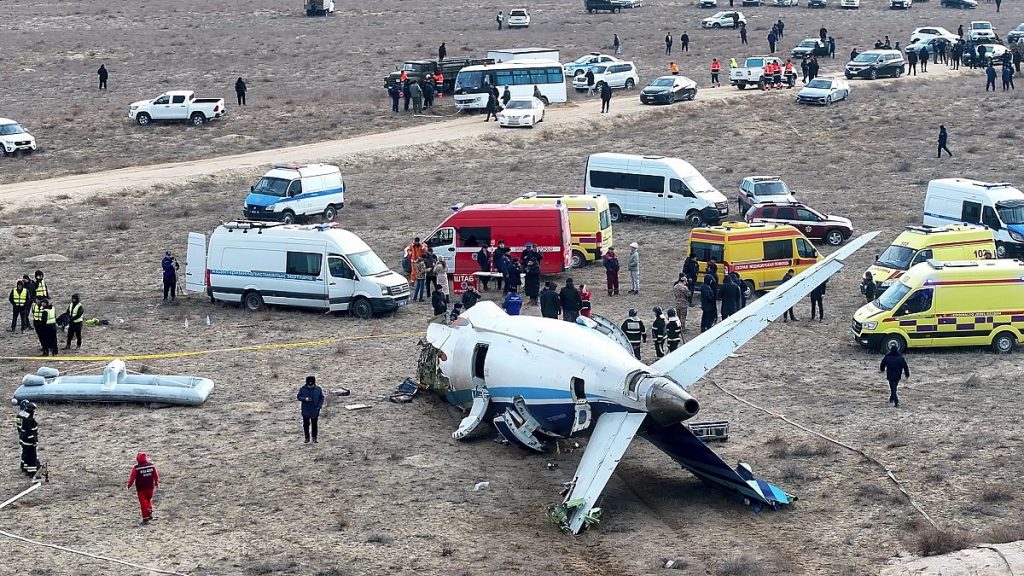The tragic crash of an Embraer 190 aircraft near Aktau, Kazakhstan, on December 25th, claimed the lives of 38 individuals and sparked an international investigation into the circumstances surrounding the incident. The aircraft, manufactured in Brazil, was operating a flight for Azerbaijan Airlines from Baku, Azerbaijan, to Grozny, the capital of the Russian republic of Chechnya, when it was diverted and ultimately crashed. This disaster precipitated a collaborative effort involving investigators from Brazil, Kazakhstan, Azerbaijan, and Russia, focusing on deciphering the crucial data retrieved from the aircraft’s black boxes.
The heart of the investigative process lies in the meticulous analysis of the cockpit voice recorder and flight data recorder, both housed within the recovered black boxes. These devices capture vital information about the flight’s progression, pilot actions, and any anomalies encountered. Nine foreign investigators, representing Kazakhstan, Azerbaijan, and Russia, joined their Brazilian counterparts at the Center for Investigation and Prevention of Air Accidents in Brasilia to conduct a thorough examination of the extracted data. This collaborative approach aims to ensure a comprehensive and unbiased investigation, leveraging the expertise of all parties involved.
While no definitive timeline has been set for publicizing the investigation’s conclusions, which will ultimately be released by Kazakhstani authorities, the Brazilian Air Force has emphasized its commitment to expediting the process of data extraction, validation, and analysis. This urgency reflects the gravity of the incident and the desire to provide timely answers to the victims’ families and the public. The investigation’s findings will be critical in determining the sequence of events leading to the crash and identifying any contributing factors.
The incident has been further complicated by allegations from Azerbaijani President Ilham Aliyev, who asserted that the aircraft was subjected to ground fire over Russian territory and rendered uncontrollable by electronic warfare. President Aliyev accused Russian officials of attempting to suppress information related to the incident, expressing his discontent with the initial explanations provided. These allegations introduce a significant geopolitical dimension to the investigation, raising questions about potential military involvement and the responsibility of various actors.
The aircraft’s diverted flight path also raises concerns. Reports indicate the plane was denied landing permission at two nearby Russian airports before being redirected across the Caspian Sea towards Kazakhstan. This diversion, coupled with President Aliyev’s allegations, has fueled speculation about the true nature of the events leading to the crash. Determining the rationale behind the denied landing permissions and the subsequent diversion to Kazakhstan will be crucial in piecing together the complete narrative.
While Russian President Vladimir Putin offered an apology to President Aliyev for the “tragic incident,” he refrained from explicitly accepting responsibility for the crash. Concurrent reports emerged suggesting the aircraft might have been inadvertently targeted by Russian air defense systems engaged in repelling a Ukrainian drone strike near Grozny. The Kremlin acknowledged the activation of air defense systems in the vicinity, further intensifying the complexity of the investigation and the need to disentangle the various factors that might have contributed to this devastating event. The investigation must carefully evaluate the interplay of these elements – the alleged ground fire, the electronic warfare claims, the denied landing permissions, and the potential involvement of air defense systems – to arrive at a conclusive understanding of the tragedy.

